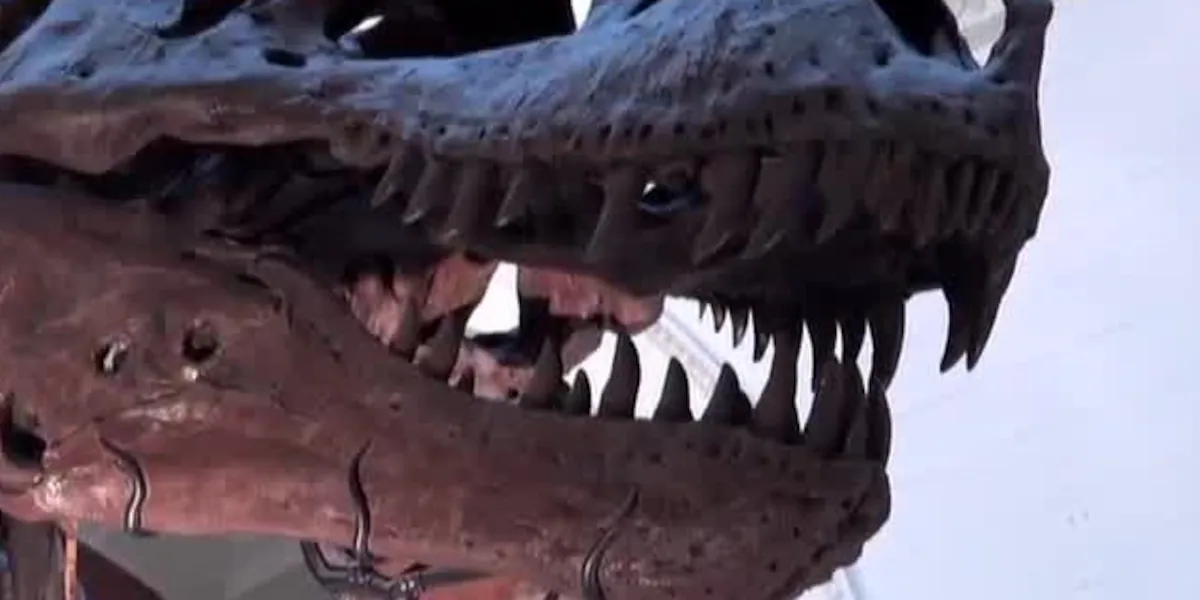
COLUMBIA, S.C. (WIS) – As a frame of reference, each animal bite you’ll read about will be measured in pounds per square inch, or PSI. We’ll use the human bite as a baseline, which averages 162 PSI with each bite. The highest human bite force ever recorded is 975 PSI, which is about the same as that of the average grizzly bear.
Diving deeper into the animal kingdom, spotted hyenas average a thousand PSI with each bite. Bengal tigers are a little stronger, averaging around 1050 PSI. This is much stronger when compared to African lions, which average between 650 and 1000 PSI per bite.
Meat makes up more than 90% of a polar bear’s diet, and they make quick work of it, too, averaging 1200 PSI per bite. Meanwhile, gorillas are herbivores, meaning plants, fruit, and seeds make up most of their diet. The jaws of a gorilla are even stronger, averaging about 1300 PSI with each bite.
In our oceans around the world, some sharks can lose tens of thousands of teeth in their lifetime. In 2008, Australian scientists used X-rays and 3-D modeling to estimate a Great White shark’s bite force at 4000 PSI!!
Some of the gold medals of bite force belong to the reptiles of the world! American alligators have been measured with a bite force of around 3000 PSI. Nile crocodiles blow that out of the water, with an average bite force of 5000 PSI!
There’s one bite force left that we haven’t mentioned that could easily top them all, but we must use estimates. Based on fossil evidence, a mighty T. rex could have had a bite force as high as 8000 PSI! That’s the weight of 3 small cars packed into each tooth.
Feel more informed, prepared, and connected with WIS. For more free content like this, subscribe to our email newsletter, and download our apps. Have feedback that can help us improve? Click here.



